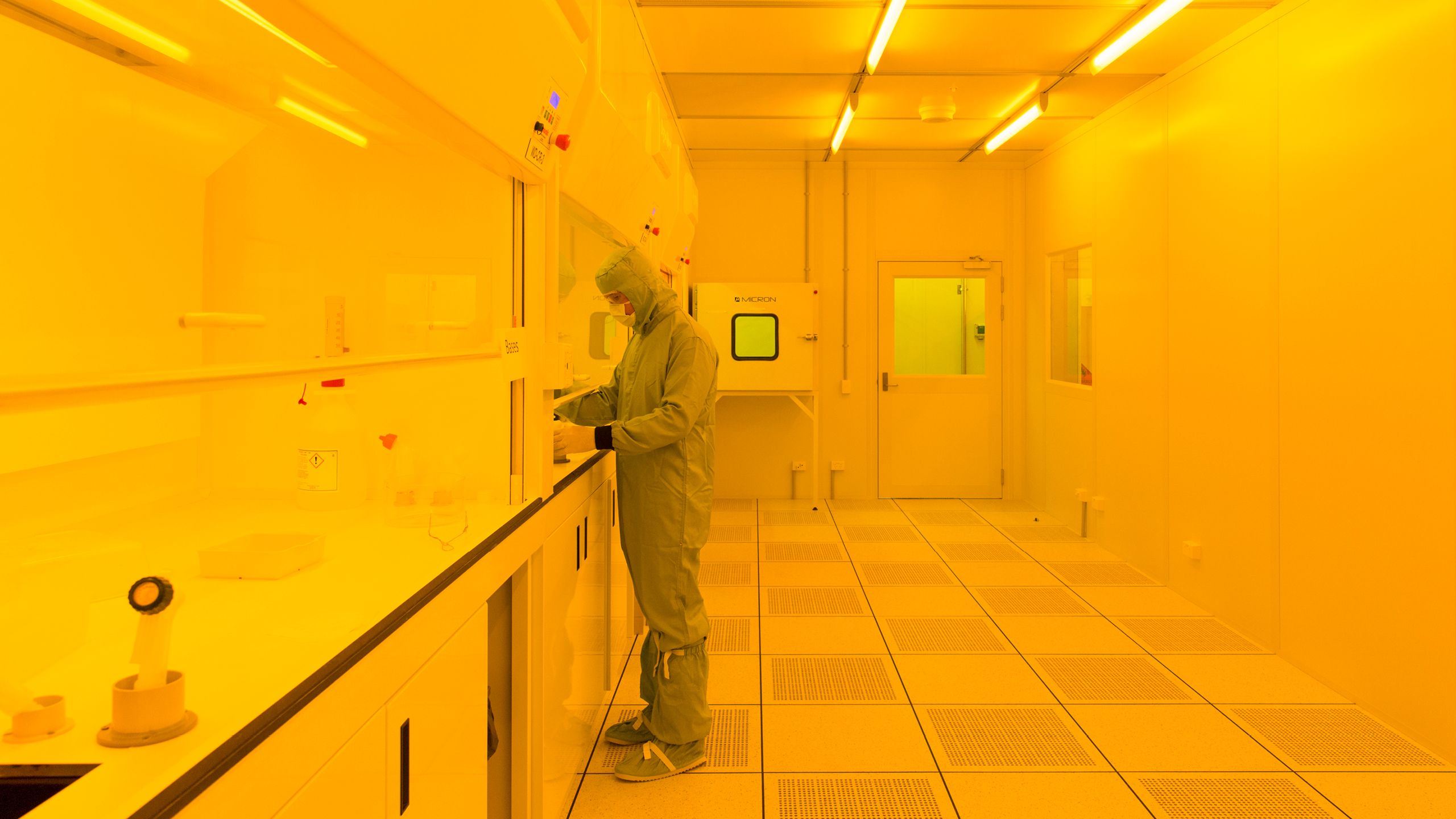The secret to healthy aging may be a diet low in protein and high in healthy carbs

After 10,000 years of human agriculture, have we got the diet formula for a long, healthy life wrong?
Nutritional scientist Dr Samantha Solon-Biet from the University of Sydney’s Charles Perkins Centre is challenging aging research that has convinced us to eat fewer calories.
Her research suggests that the 45 million Americans who go on a diet every year may be better off focusing less on low-carb, high-protein diets, unless their only goal is weight loss.
Dr Solon-Biet’s results suggest that while adequate protein intake is critical for growth, reproduction and maintaining lean mass, the best formula for healthy aging could be a diet low in protein and high in healthy carbohydrates. This combination switches off the underlying biological machinery known to promote accelerated aging, a process conserved across budding yeasts to long-lived mammals. This approach is groundbreaking because it shifts the goalposts from calorie counting to eating the right mixture of ‘macronutrients’ – carbohydrates, protein and fat.
Dr Solon-Biet’s approach to delay disease and aging through diet addresses our number one health imperative. Aging is accepted as the biggest risk factor for disease and death, with six out of ten Americans living with at least one chronic disease, according to the Centers for Disease Control and Prevention.
Globally, the World Health Organization estimates that chronic diseases such as cardiovascular disease and diabetes account for about 70 percent of deaths.
Dr Solon-Biet’s research findings paint a clearer picture of the role of a little-known hormone called Fibroblast Growth Factor 21 (FGF21) – a hormone produced primarily in the liver. The research shows that diets high in carbohydrate and low in protein are the best for boosting levels of FGF21 in mice.
“If our findings in mice also apply to humans it could reduce the burden of disease more significantly than eradicating cancer,” Dr Solon-Biet predicts.
The high-carb element does not mean gorging processed cakes and cookies, however. It’s about eating a smaller proportion of protein and plenty of ‘good carbs’ – vegetables and wholegrains that suppress your appetite and promote a healthy gut environment because they are high in nutrients and fibre.
Her evidence-based research challenges the often flimsy basis for ‘wonder’ diets.
“Around 70 percent of data in popular diet books is not backed by science,” she says.

Addressing lifestyle diseases from all angles

Dr Solon-Biet is part of a leading hub for ageing research at the University of Sydney’s Charles Perkins Centre. Here, nutrition is a guiding research theme led by the centre’s Academic Director, Professor Stephen Simpson. The centre, established in 2012, aims to ease the burden of diabetes, obesity and cardiovascular disease, and their related conditions, through innovative research collaborations, research partnerships and teaching.
Dr Solon-Biet and Professor Simpson rely on the expertise of University mathematicians to crunch the numbers that support this geometric approach, and interrogate research from every possible angle. On any given day, they collaborate with researchers across biochemistry, microbiology, public health, medicine, business and pharmacology.
Creating research breakthroughs by thinking differently

Researchers at the University of Sydney are driven by the idea that finding solutions to our biggest problems starts with changing how we look at them. When we question assumptions, think differently about a problem and challenge the way we see an issue, a hidden path may be revealed to bring about new ideas and discoveries.
The University of Sydney is home to 10 multidisciplinary centers that bring together researchers from various fields and disciplines to look at problems in new ways and work together on shared research projects.
Alongside the Charles Perkins Centre, the University’s Brain and Mind Centre brings together mental health and dementia patients, support groups and frontline carers together with scientists and clinicians to research mental health and neurological diseases. One of their projects involves the development of a mental health care platform that can dramatically reduce waiting times for young people who need urgent support.
The University of Sydney Nano Institute is taking the field of nanoscience to new levels. Their research has found that using nanodiamonds in the use of medical imaging could improve cancer detection and drug delivery.
Creating environments where researchers at the University of Sydney can learn, unlearn and relearn has led to breakthroughs that are energizing the University's research community.

Fast facts about the University of Sydney

- Australia’s first university, established in 1850
- 100 percent of the University’s research is rated as above world standard by the Australian Research Council
- One of the world’s top 45 research universities
- The only Australian institution to rise in the four most prestigious global university rankings in 2018
- 30 of our subjects are ranked in the top 50 in the world



